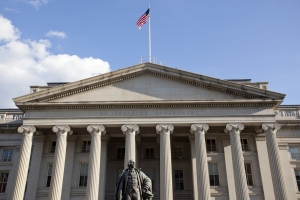IRS
In October of 2017, President Donald Trump issued an executive order which was entitled “Promoting Healthcare Choice and Competition Across the United States.” The executive order instructed regulatory agencies to focus on three initiatives:
On May 10th, the Internal Revenue Service (IRS) published Revenue Procedure 2018-30 which includes inflation adjustments to qualified high deductible health plans (HDHPs) and Health Savings Account (HSA) contribution limits.
On April 26, the Internal Revenue Service (IRS) announced relief for taxpayers with family coverage under a High Deductible Health Plan (HDHP) who can contribute to a Health Savings Account (HSA).
The Internal Revenue Service (IRS) issued Notice 2018-06 which provides some relief for those entities who are subject to reporting requirements under the Affordable Care Act (ACA).
In summary:
Forms 1095-B and/or 1095-C now must be furnished to employees and individuals by March 2, 2018, for the 2017 calendar year. This is a 30-day extension from the original deadline of January 31, 2018. No additional extensions will be granted by the IRS, even if requested by an employer.
The Internal Revenue Service (IRS) has updated its Questions and Answers website in regards to the Employer Mandate, and it appears they have started to send initial notices to employers who are subject to a penalty for the 2015 year (generally, this will be employers with 100 or more employees since transition relief was available in 2015 to employers with 50-99 employees).
The Internal Revenue Service (IRS) issued Revenue Procedure 2017-37 last week with information on the Health Savings Account (HSA) and qualified high-deductible health plan (HDHP) limits for 2018.
These limits are updated annually and reflect cost-of-living adjustments.
HSA contribution limits
Benefits Buzz
Enter Your Email









